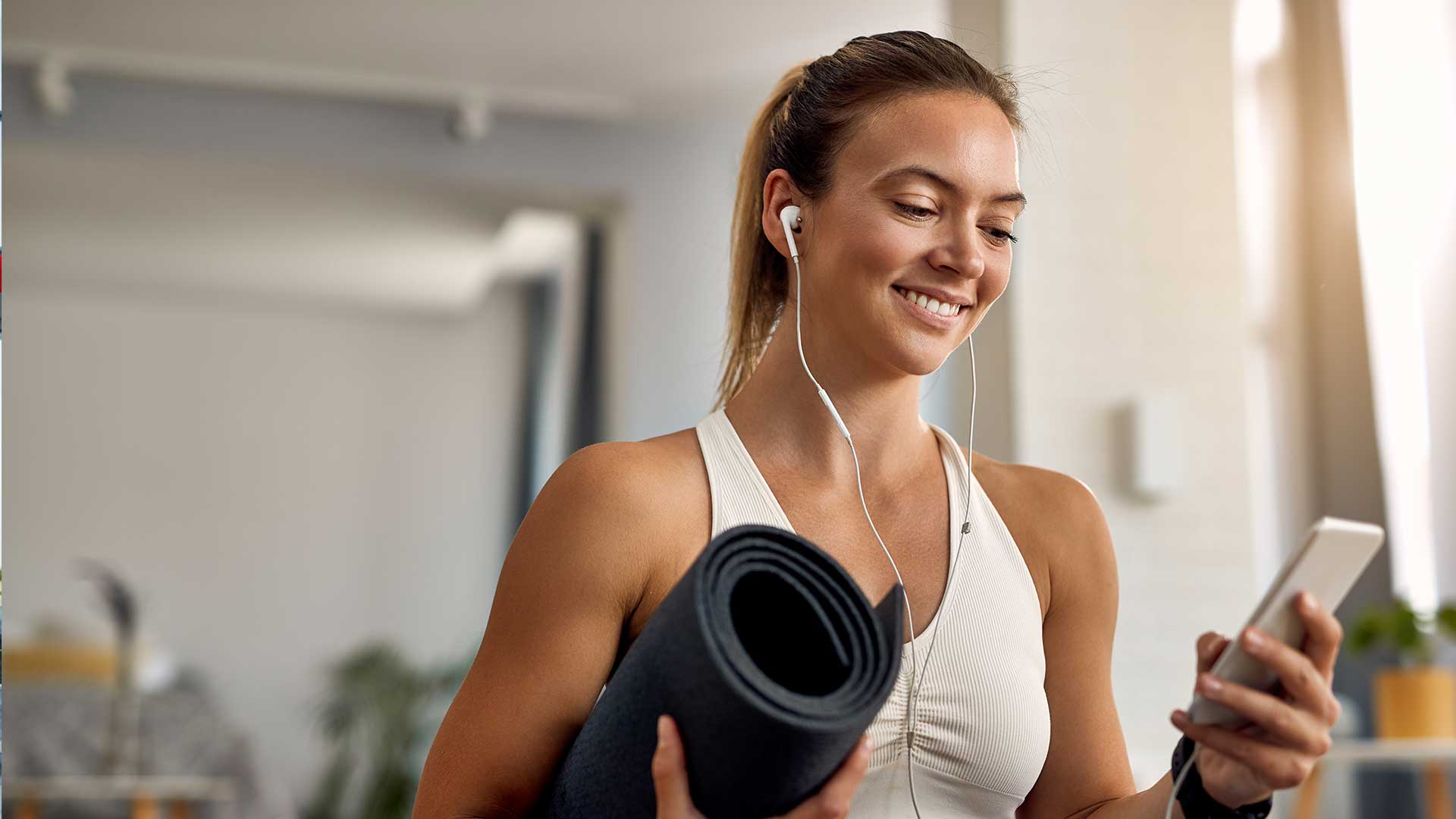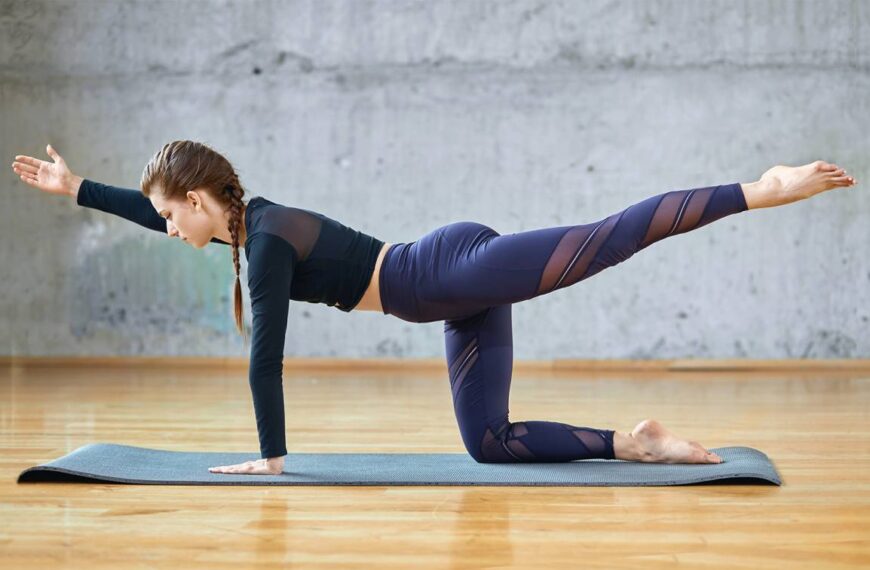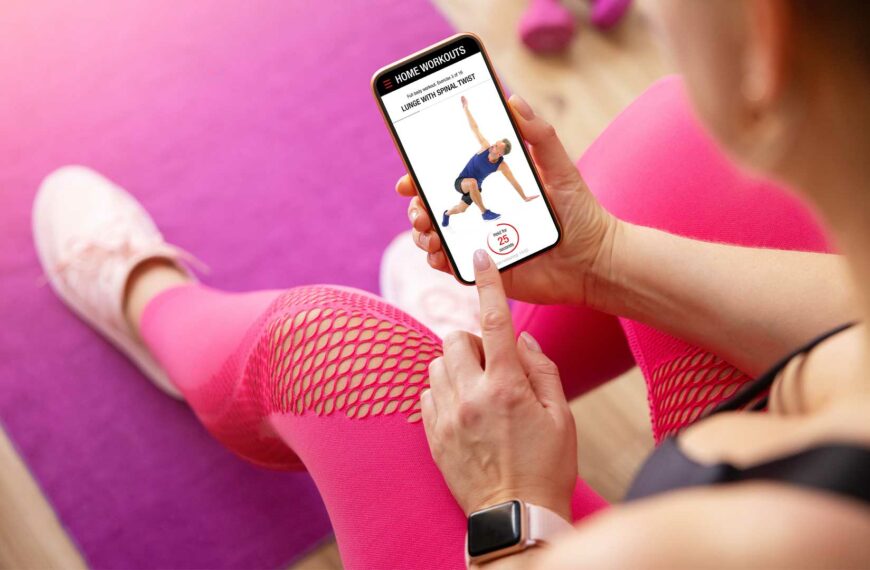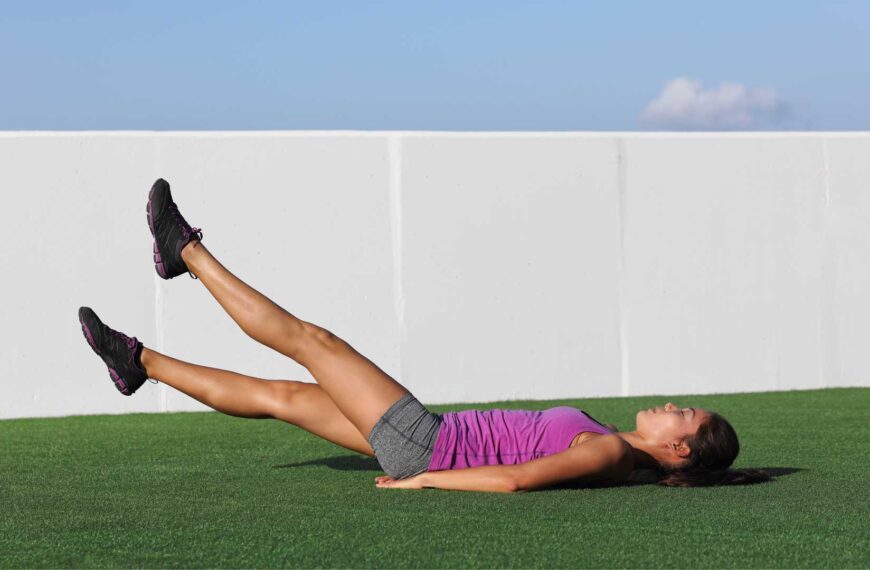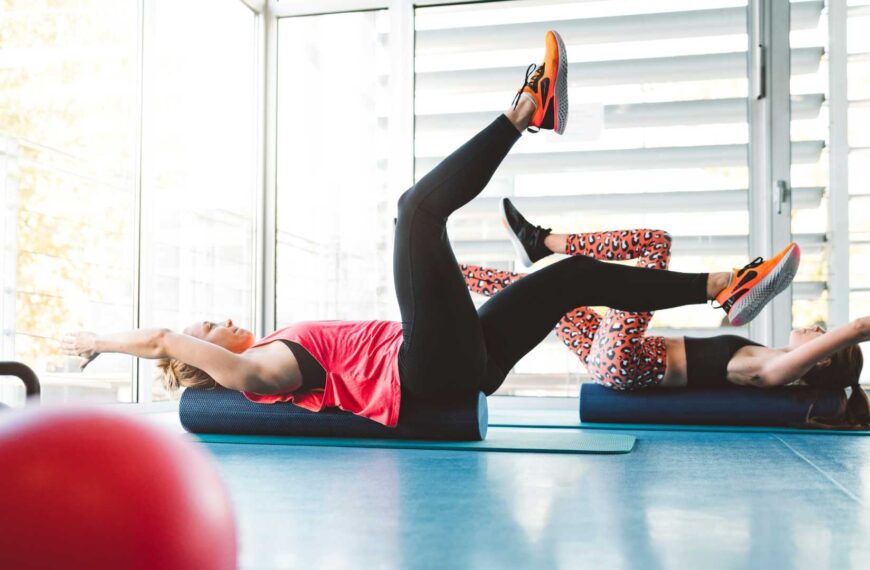Are you looking for a challenging and effective exercise to strengthen your core muscles and improve your overall fitness? Look no further than the Pilates 100 exercise! This article will provide a complete guide on how to properly perform the Pilates 100 exercise, including modifications for different fitness levels, common mistakes to avoid, tips for avoiding neck tension, and the benefits of this exercise beyond just the core muscles.
A Guide to Pilates 100 Exercise
- Pilates 100 is an exercise that targets the core muscles and involves 100 pumps of the arms while lying on the back.
- Modifications to the exercise include adding resistance, lifting legs off the ground, supporting arms with a Pilates ring or magic circle, keeping hands behind the head for neck pain, and decreasing the number of pumps for beginners.
- Benefits of the Pilates 100 exercise include strengthening the core muscles, improving stability and balance, increasing lung capacity, and developing endurance in the upper body.
How to Do the Pilates 100 Exercise
The Pilates 100 exercise is a classic Pilates move that involves raising the legs and curling the upper spine while pumping the arms. To properly perform the Pilates 100 exercise, follow these steps:
- Begin by lying on your back with your knees bent and feet flat on the floor. Make sure your spine is in a neutral position and your shoulders are relaxed. Place your arms by your sides with your palms facing down.
- Lift your head and shoulders off the mat and bring your knees up to a tabletop position.
- Extend your arms straight out in front of you with your palms facing down.
- Take a deep inhale through your nose and prepare to start pumping your arms.
- As you exhale, pump your arms up and down in a small, controlled motion.
- Inhale for five pumps and exhale for five pumps.
- Repeat this cycle ten times, for a total of 100 pumps.
Variations and Modifications
There are several variations and modifications to the Pilates 100 exercise that can make it more challenging or suitable for different fitness levels. Here are a few examples:
1. Adding Resistance with a Pilates Ball
To increase the difficulty of the Pilates 100 exercise, you can add resistance with a Pilates ball. Hold the ball between your ankles and lift your legs up to a 45-degree angle. Perform the exercise as you would normally, pumping your arms up and down as you inhale and exhale.
2. Intensifying the Exercise by Lifting Legs off the Ground
Another way to make the Pilates 100 exercise more challenging is by lifting your legs off the ground. This variation requires more core strength and stability. Begin by lifting your head and shoulders off the mat and extending your legs straight out in front of you. Perform the exercise as you would normally, pumping your arms up and down as you inhale and exhale.
3. Supporting Arms with a Pilates Ring or Magic Circle
If you have trouble keeping your arms straight during the Pilates 100 exercise, you can use a Pilates ring or magic circle for support. Hold the ring with both hands and place it behind your head. Perform the exercise as you would normally, pumping your arms up and down as you inhale and exhale.
4. Keeping Hands Behind the Head for Neck Pain or Discomfort
If you experience neck pain or discomfort during the Pilates 100 exercise, you can modify the exercise by keeping your hands behind your head. This will provide support for your neck and reduce strain.
5. Decreasing the Number of Pumps for Beginners
For beginners or those new to Pilates, it may be helpful to start with fewer pumps during the Pilates 100 exercise. Instead of doing ten cycles of ten pumps, start with five cycles of five pumps and gradually build up as your core strength improves.
Why use Merlin App for Pilates 100
The Merlin App can be a valuable tool for individuals looking to perform the Pilates 100 exercise effectively and with precision. Pilates 100 is a quintessential Pilates exercise that focuses on building core strength, stability, and endurance. It’s named after the goal of performing 100 arm pumps while maintaining a specific position, and the Merlin App can assist you in mastering this challenging workout.
First and foremost, the app offers detailed instructional content and video demonstrations. When it comes to Pilates 100, proper form and technique are paramount to reap its full benefits and prevent injury. The app can guide you through each step of the exercise, providing visual cues and explanations to ensure that you maintain the correct posture and movement pattern. This is especially valuable for beginners who may be unfamiliar with the nuances of Pilates.
Additionally, the AI real-time feedback feature in the Merlin App comes into play during Pilates 100. As you perform the exercise, the app can analyze your body position, the movement of your arms, and the engagement of your core muscles. It will provide immediate feedback to help you adjust your form, ensuring that you’re getting the most out of the exercise and reducing the risk of strain or injury. This personalized guidance can be instrumental in progressing with Pilates 100 and achieving the desired results.
Common Mistakes to Avoid
There are several common mistakes people make when performing the Pilates 100 exercise. To avoid these mistakes, focus on engaging your core muscles and maintaining proper form and technique. Here are a few examples:
1. Using the Neck Muscles Instead of the Abdominal Muscles
One common mistake people make is using their neck muscles instead of their abdominal muscles. This can lead to neck strain and discomfort. To avoid this, focus on engaging your core muscles and keeping your neck relaxed.
2. Holding Breath Instead of Breathing Properly
Another common mistake is holding your breath instead of breathing properly. It is important to inhale and exhale in a controlled manner throughout the exercise.
3. Arching Back or Lifting Shoulders off the Mat
Arching your back or lifting your shoulders off the mat can also lead to injury during the Pilates 100 exercise. Make sure to keep your spine in a neutral position and your shoulders relaxed throughout the exercise.
4. Straining the Neck or Tensing Shoulders
Finally, be mindful of any tension in your neck or shoulders during the Pilates 100 exercise. If you feel any discomfort or strain, modify the exercise accordingly.
Tips for Avoiding Neck Tension
The Pilates 100 exercise can be challenging for the neck muscles, especially for those with neck pain or discomfort. Here are some tips for avoiding neck tension during the exercise:
1. Creating a “Hammock” with the Hands to Support the Head and Neck
To provide support for your head and neck, try creating a “hammock” with your hands. Place your hands behind your head and interlace your fingers. Allow your head to rest in your hands as you perform the exercise.
2. Visualizing the Ribs Sliding Down the Back to Avoid Lifting or Straining the Neck
Another way to avoid lifting or straining the neck during the Pilates 100 exercise is to visualize the ribs sliding down the back. This will help you engage your core muscles and keep your neck relaxed.
3. Keeping the Gaze Between the Legs Instead of Looking up
Finally, try keeping your gaze between your legs instead of looking up during the Pilates 100 exercise. This will reduce strain on your neck muscles and provide better support for your head.
Benefits of the Pilates 100 Exercise
The Pilates 100 exercise offers several benefits for the body beyond just strengthening the core muscles, including:
1. Improving Stability and Balance
In addition to strengthening the core muscles, the Pilates 100 exercise can also improve stability and balance. By engaging the muscles in the core, hips, and legs, you can improve your overall body control and coordination.
2. Increasing Lung Capacity and Improving Circulation
The Pilates 100 exercise involves rhythmic breathing, which can improve lung capacity and increase circulation throughout the body. This can help reduce stress and promote relaxation.
3. Developing Endurance in the Upper Body
Finally, the Pilates 100 exercise can help develop endurance in the upper body. By pumping your arms up and down for a prolonged period, you can build strength and stamina in the shoulders, arms, and chest.
| Exercise | Primary Muscle Groups Targeted | Secondary Muscle Groups Targeted |
|---|---|---|
| Pilates 100 | Abdominals | Shoulders, arms, hips, legs |
| Roll-Up | Abdominals | Back, hips |
| Single-Leg Circles | Hips, legs | Abdominals, back |
Integrating the Pilates 100 Exercise into a Workout
The Pilates 100 exercise can be integrated into a workout in several ways:
1. Adding It to a Warm-Up Routine to Activate the Core Muscles
Begin your workout with a few rounds of the Pilates 100 exercise to activate your core muscles and prepare your body for more intense exercise.
2. Doing It as a Standalone Exercise for a Quick Core Workout
If you are short on time, the Pilates 100 exercise can be done as a standalone exercise for a quick core workout. Aim for three sets of ten cycles, with a brief rest in between each set.
Conclusion
The Pilates 100 exercise is a challenging and effective way to strengthen the core muscles, improve stability and balance, increase lung capacity, and develop endurance in the upper body. By following the proper form and technique, modifying the exercise as needed, and avoiding common mistakes, you can safely and effectively incorporate the Pilates 100 into your workout routine. As a certified Pilates instructor, I highly recommend this exercise to anyone looking to improve their overall fitness and well-being.

